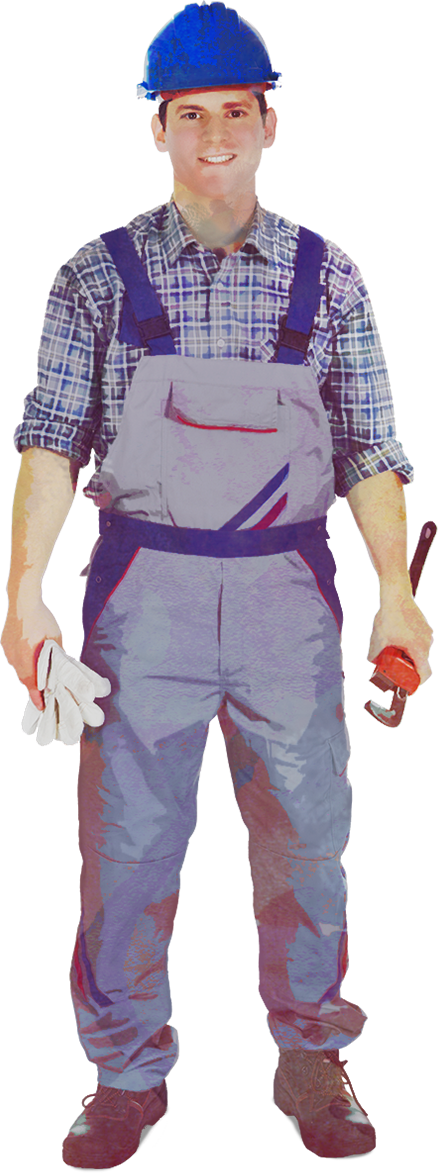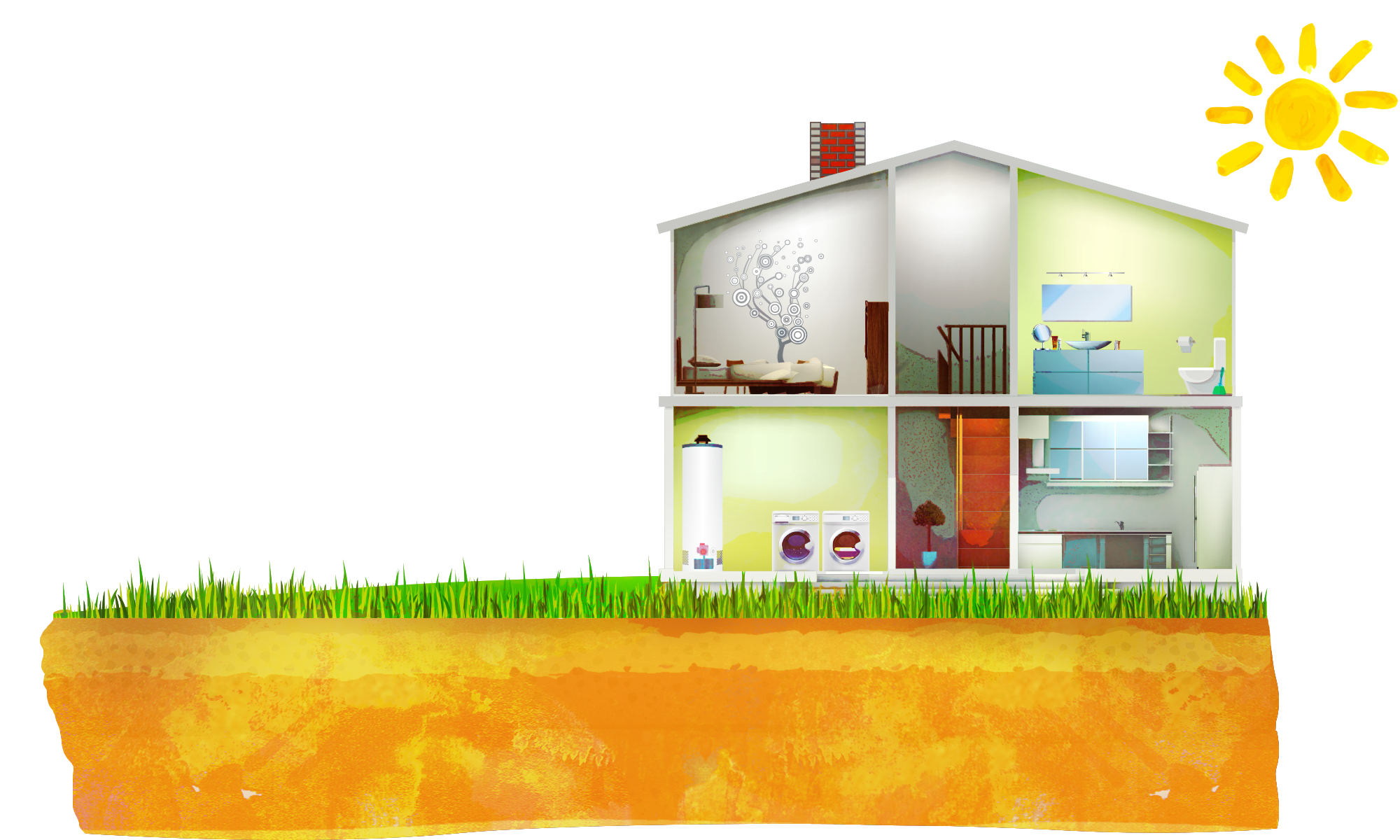
Sources
Information Sources
Coming Soon!
U.S. Department of Justice
Bureau of Justice Statistics
National Center for Health Statistics
Occupational Safety & Health Administration (OSHA)
Centers for Disease Control and Prevention
American Bar Association
The Yale Law Journal
King, Joseph H.. “Causation, Valuation, and Chance in Personal Injury Torts Involving Preexisting
Conditions and Future Consequences”. The Yale Law Journal 90.6 (1981): 1353–1397. Web.Columbia Law Review
Franklin, Marc A., Robert H. Chanin, and Irving Mark. “Accidents, Money, and the Law: A Study of the
Economics of Personal Injury Litigation”. Columbia Law Review 61.1 (1961): 1–39. Web.
How is it broken down?
Here are the most common types of plumbing services and associated plumbing jobs.
Plumbing Types
Water Plumbing
The installation, removal, repair and maintenance of hot and cold water pipes and fittings. This network of pipes typically exists within the home.
Drainage
The installation, removal, repair and maintenance of stormwater and waste pipes and fittings. These are the pipes that leave your house.
Gas Services
Installation, disconnection, repair and maintenance of pipes, fittings, appliances and associated ventilation equipment involving gases such as fuel, liquefied petroleum, manufactured and natural gases.
What is a plumber?
Plumbers work within residential, commercial or industrial properties to install and maintain a number of different systems that allow materials such as gas, water, etc. to pass through for use.
About Plumbers
Incoming City Water
Ventilation
Cold Water
Hot Water
Outgoing Sewage
-------
-------
-------
-------
-------
Curious to Know More?
Here are the less common, more specialized jobs in the world of plumbing.
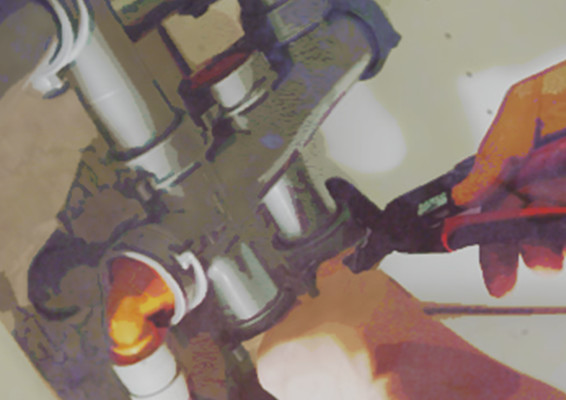

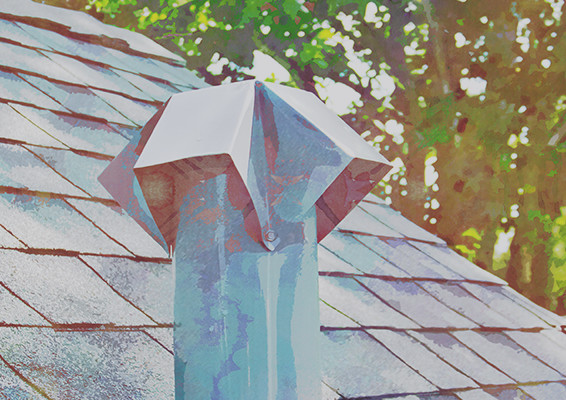
New Construction & Commercial Plumbing
This particular line of plumbing specifically deals with commercial or industrial work. While a seasoned plumber can work on new construction, the two are typically separate entities and can require different qualifications in order to complete each job. The following is plumbing work that would typically be completed by what we would call a Commercial Plumber along with a series of jobs that we would refer to as New Construction.
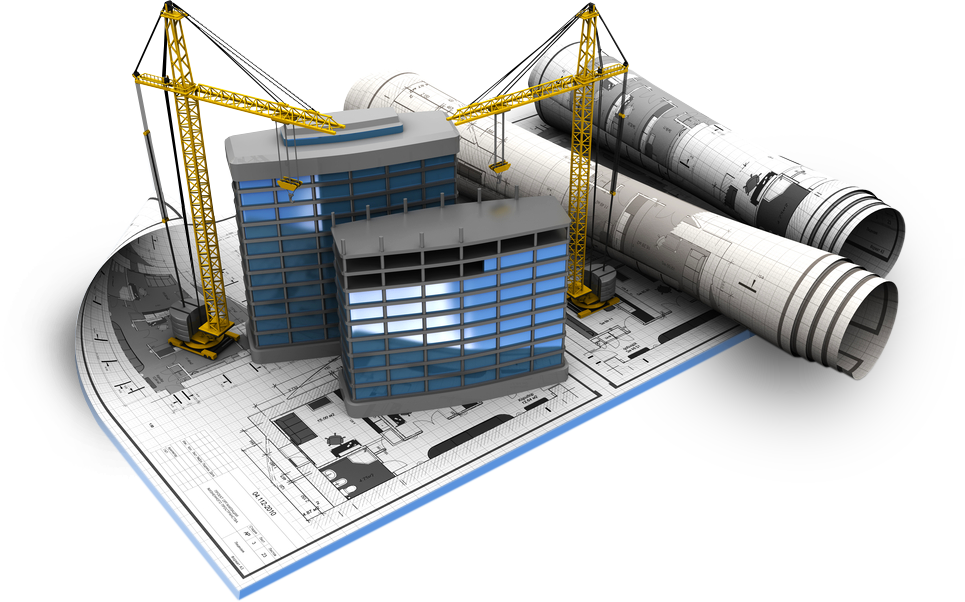
New Construction is typically performed in two stages. The first stage is the foundation or preliminary plumbing structure, such as the main pipes. This work is usually referred to as the "rough in" or "rough plumbing.” Construction will continue into the second phase which includes finishing, connecting and installing fixtures, pipes and so on in order to complete the build.
Fitting Those Pipes
Pipefitters generally work in power and industrial plants, where they install and maintain the pipe systems used for industrial purposes, such as manufacturing, power generation or large-scale heating and cooling systems. They will work with both high-pressure and low-pressure systems.
This type of plumber will also install the automated controls that are used to regulate those industrial systems, and they will generally specialize in one specific type of system.
Steamfitters
Like pipefitters, steamfitters also generally work in power or industrial plants. This line of plumbing specializes in pipe systems that are responsible for moving high-pressure liquids or gases.
Sprinkler Fitters
This is a highly specialized group of plumbers. They are responsible for installing and maintaining automatic fire sprinkler systems, such as the ones found in office buildings, manufacturing and industrial plants, and large or multi-unit residential properties.
Laying Down the Pipes
Pipelayers are responsible for providing the major framework that create our modern day plumbing systems. These pipelayers begin by digging trenches and preparing the grade where the pipes will lay. Depending on the size of the job, they may dig manually or use machines.
Once the trenches have been created, pipelayers line each trench with a material to seal in the surroundings of the trench such as: clay, concrete or plastic. The pipes are are then laid in these trenches for sewers, drains or water mains.
These plumbers can also construct oil and gas lines, and typically have the knowledge, skill and experience to solder, weld or cement pipes together in place.
Let’s Begin With New Construction
Other Types of Advanced Plumbing
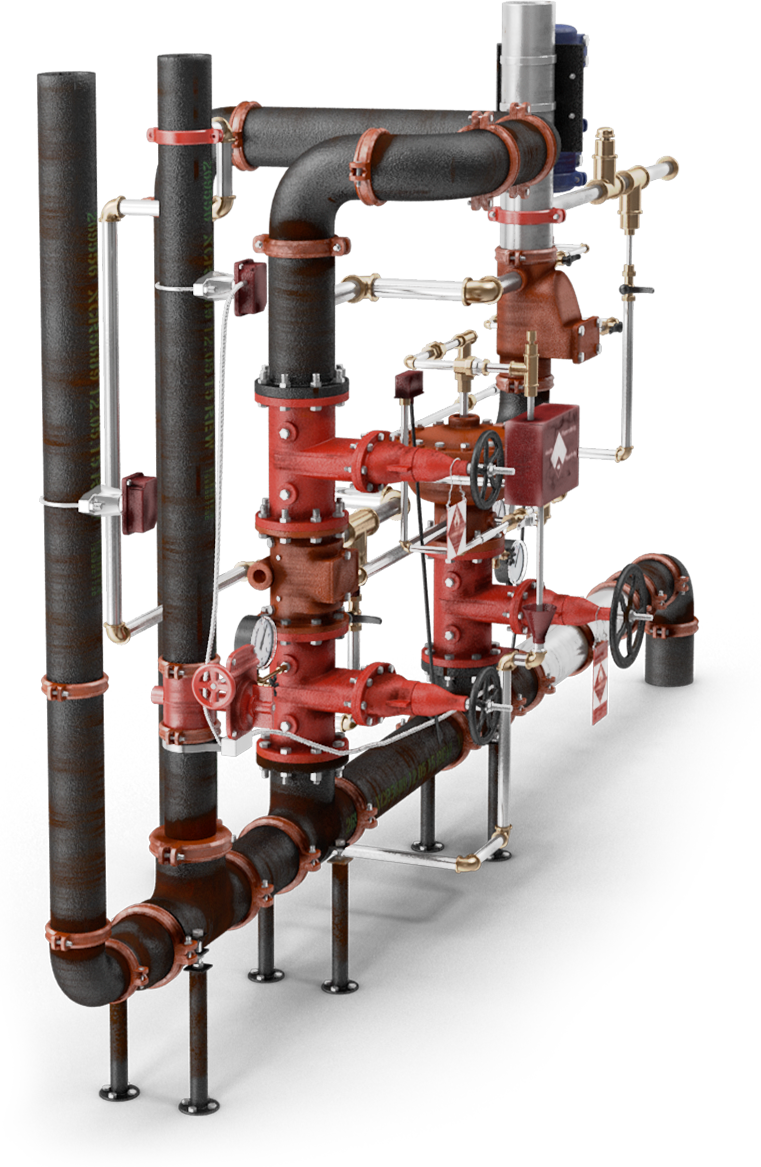
Qualifications & Skills
What are the steps to becoming a plumber? Believe it or not, the entire process covered below takes about 4 years to complete!
Certificate IV
In Plumbing and Services (CPC40911) is a qualified plumbing service tradesperson who can work as an independent contractor in the plumbing industry doing:


Certificate III
In Plumbing (CPC32411) this is an apprenticeship course providing trade qualification training and support. It is a classroom environment teaching work-based tasks focusing on practical 'job ready' skills such as:

The six specialist systems:
- Water
- Sanitary
- Drainage
- Mechanical services
- Roofing
- Gas services

Comprehensive on-the-job experience, manual skills and working in a group.
Note: with this certificate, you could replace the guts behind a toilet, but not the unit itself. When apprentices complete Certificate III they are eligible to apply to become a registered plumber.

Certificate I
(Basic Requirements)
High School Diploma or GED


Plumbing and Services - Operations
Air Conditioning and Mechanical Services
Keep in mind, these certifications do not cross states. A plumber must be certified and present their license information for a particular state in order to solicit work there - this includes advertising the plumbing practice! A proper license MUST be displayed by at least one licensed plumber for the state in which the practice is location in.
Certificate II
A pre-apprenticeship course that introduces basic skills and knowledge for the Certificate III in Plumbing such as:






Safe working conditions including basic emergency life support.
Knowledge of required plumbing tools, equipment, and materials.
Technical drawings, numeracy and calculations.
Principles of sustainability.
Identifying employment opportunities in the plumbing industry.
-------
-----------
----------
-------
-----------------------------------------------------
--------------------------------------------------------------------------------------------
-------------------------------------------
-------------------------------------------------------------
